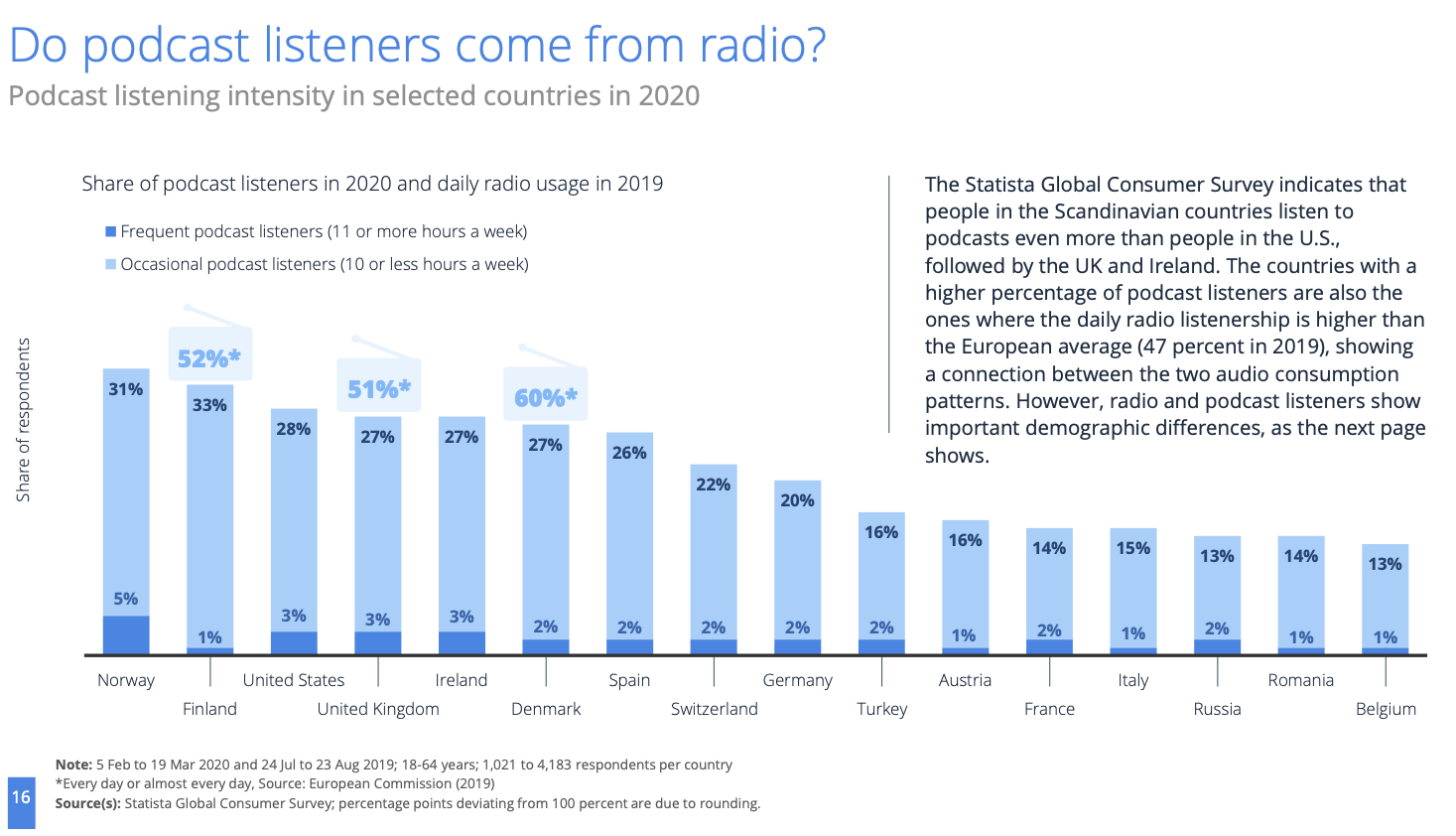The music industry is thriving, and every day, new songs and albums are released. With so much new music being produced, radio stations can struggle to keep up with the demand. This problem is particularly acute for smaller, independent radio stations, which often have limited resources and manpower to manage the volume of new songs. In this article, we'll explore the challenges that radio stations face in managing the volume of new songs and how they can meet this demand.
The Challenges Radio Stations Face
One of the biggest challenges that radio stations face is simply the volume of new music being released. In 2022 alone, over 44,000 albums were released and nearly 1 million songs were uploaded to streaming platforms, and this is expected to continue to rise in the coming years. With so many new songs and albums being produced, it can be difficult for radio stations to sift through them all and find the ones that will resonate with their listeners.
CEOs for both Universal Music Group and Warner Music Group at industry events in September estimate that 100,000 songs were uploaded daily in 2022.
Another challenge is the competition for airplay. Major labels and artists have significant resources at their disposal to promote their new releases, making it even harder for independent artists to get their music played on the radio. As a result, radio stations can feel overwhelmed with music from established artists, making it harder for independent musicians to get their music played.
The Reality
"Hit" Culture is Dying?
It comes down to a theory called “The Long Tail”. This is when the total sum of less popular products match or outsell the more commonly praised products (hits) in their respected industry. This presents a significant problem for radio which has long been known for playing the hits - the most familiar songs regardless of genre.
On-demand streaming has made it easy for the consumer to access less popular titles or deepest part of music available. This “long tail” represents songs that micro life groups are consuming and in today’s streaming world more and more of these smaller “fandoms” of less popular genres like Afro-pop or EDM, are spending time away from the hits.
How Radio Stations Can Meet This Demand
To meet the demand for new music, radio stations can employ a variety of strategies. One of the most effective is to establish partnerships with record labels and distributors - not to influence what music is played. By working with these organizations as a marketing partner, radio stations can gain access to new releases before they hit the market, giving them a head start in identifying the songs that are likely to be popular.
Another strategy is to use data analysis tools such as on-demand music streaming analysis to identify trends and patterns in music consumption. With these tools, radio stations are able to quickly identify which songs are trending and adjust their programming accordingly. By doing so, they can ensure that they are playing the songs that are most likely to resonate with their audience.
Radio stations also leverage social media to stay on top of new releases. Many artists and labels use social media to promote their new releases, so by monitoring these platforms, radio stations can identify new songs and albums before they are even released. This can give them a head start in identifying new music that is likely to be popular.
Finally, radio stations can work with independent musicians to help promote their new releases. By featuring new and emerging artists, radio stations can provide a platform for independent musicians to get their music heard. This can help level the playing field and ensure that the best new music is being played, regardless of the resources of the artist or label.
Conclusion
The volume of new music being produced can make it challenging for radio stations to keep up with the demand. However, by employing the strategies outlined above, radio stations can stay on top of new releases and ensure that they are playing the music that their audience wants to hear. By working with record labels and distributors, using data analysis tools, monitoring social media, and promoting independent artists, radio stations can meet the demand for new music and provide their listeners with the best possible listening experience.
Notes
Global on-demand music streams (for audio as well as video) hiked by 25.6 percent to crack 5.3 trillion during 2022, as stateside on-demand streams grew by double digits to surpass 1.3 trillion.
Domestic on-demand song streams (audio and video) increased by 12.2 percent year over year (YoY) in 2022 to hit 1.3 trillion.
In 2021, over 1.2 million albums were released globally, according to music industry data provider MRC Data.
In 2021, the global recorded music market generated over $25.1 billion in revenue, up from $21.5 billion in 2020, according to Statista.
These statistics illustrate the massive volume of new music being produced and the importance of streaming services in the music industry. They also suggest the challenges that radio stations face in keeping up with the demand for new music.






